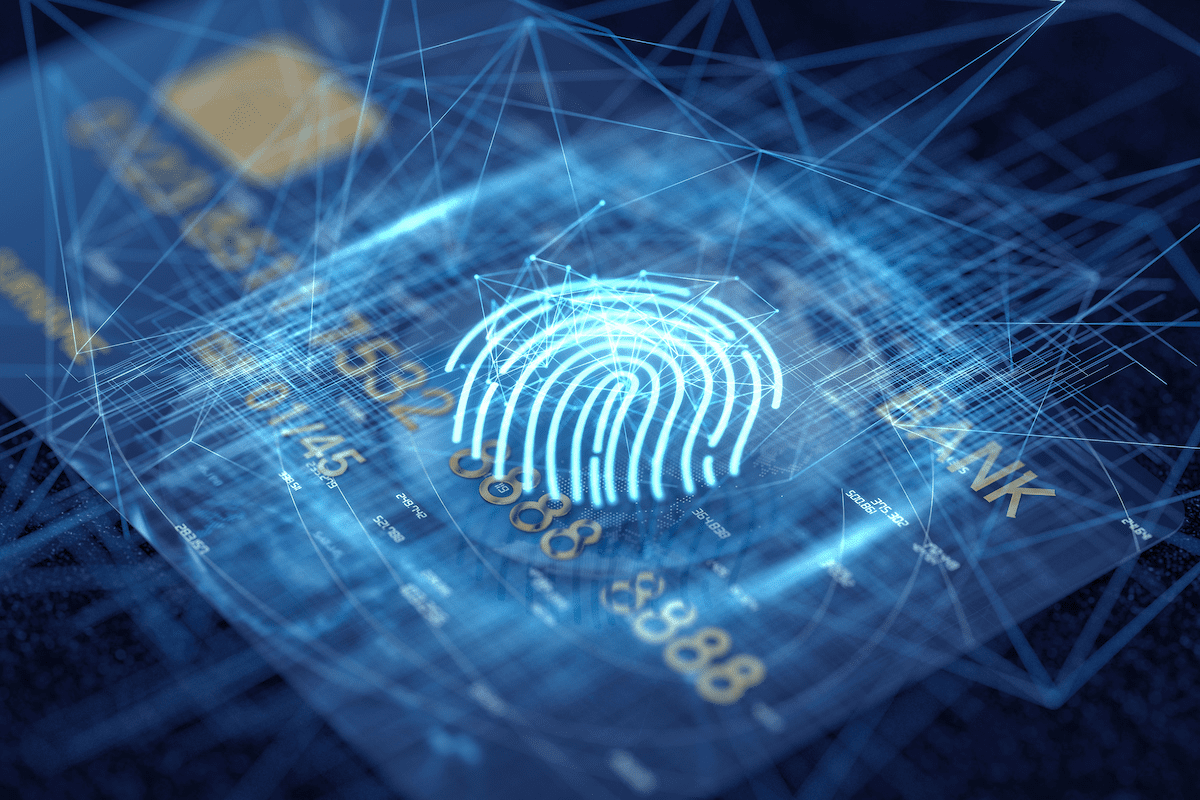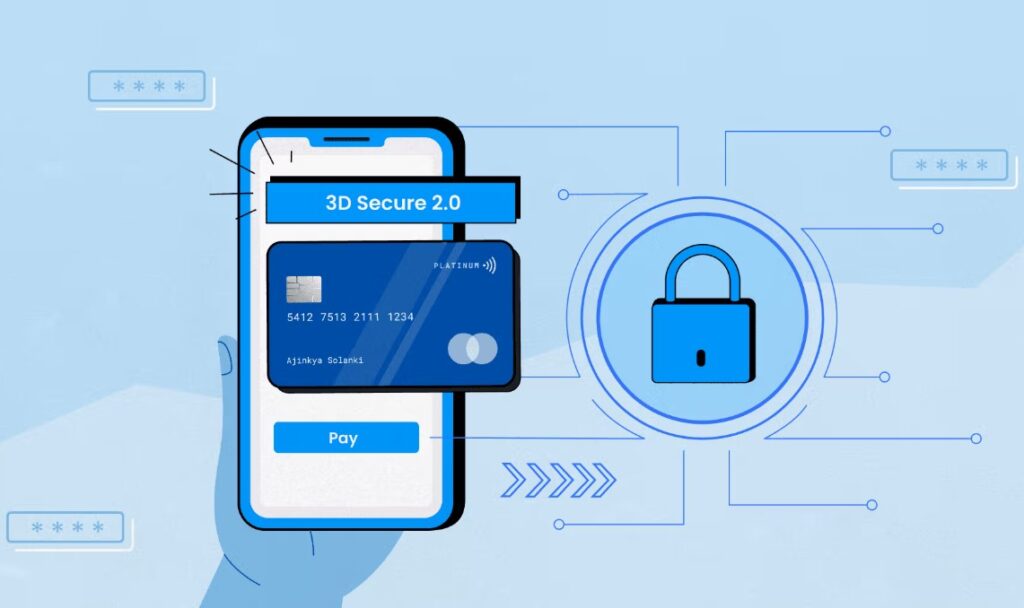
Online payments have become an important part of our everyday lives. But with convenience comes risk. Payment fraud is on the rise, too. So the businesses that accept online transactions need to ensure their customers’ data is secure.
One of the most effective ways to secure online transactions is through 3DS 2.0.
3DS 2.0 helps keep online payments safe and prevent fraud. It also makes the checkout faster and easier for your customers.
Table of Contents
Why Payment Authentication Matters
Authentication is the process of checking that the person making a payment really owns the payment details. Solutions like 3DS 2.0 make this process more seamless by adding an extra layer of verification without creating too much friction for genuine customers. Without it, your businesses are vulnerable to risks. Also, your customers risk identity theft.
Here is why authentication is critical:
- Fraud prevention ─ Weak passwords can make your business lose money from fraud. Using strong security keeps your business and your customers safe.
- Remote commerce safety ─ Card-not-present transactions can be risky. You can stay safer with secure authentication.
- Customer experience ─ Long or confusing steps can frustrate your customers and make them leave without paying. A simple system keeps their payment safe and easy.
- Regulatory compliance ─ Many countries make online payments safer. Your customers are protected by rules like Europe’s PSD2 and India’s 2FA.

Source: fintechnews.sg
What is 3D Secure (3DS)?
3D Secure, or Three-Domain Secure, is an authentication protocol developed to add an extra layer of protection to online card transactions. Your customers do not have to rely only on card details. 3DS asks the customer to confirm their identity with an OTP or fingerprint. It keeps their payments safe.
How 3DS Works
The 3DS system involves three domains:
|
Domain |
Role |
| Issuer domain | The customer’s bank generates and verifies the OTP or biometric authentication. |
| Acquirer domain | The merchant’s bank processes the payment and ensures 3DS is applied. |
| Interoperability domain | Card networks like Visa or Mastercard facilitate secure communication between issuer and acquirer. |
Customers enter their card details and complete the verification on your bank’s page. Once the customer is verified, the payment goes through.
From 3DS 1.0 to 3DS 2.0
The original 3DS improved security. But it often made things harder for customers. They might see slow checkouts because of pop-ups, static passwords, and poor mobile support.
3DS 2.0 addresses these challenges. It gives an improved experience while maintaining security. It includes:
- Enhanced data sharing: Your customers can now share over 150 pieces of information. This helps to detect fraud more easily and keep their payments safer.
- Risk-based authentication: Low-risk payments can go through without your customers doing anything. High-risk payments need extra checks before they are approved.
- Frictionless flow: Customers can pay quickly without needing to enter OTPs or passwords.
- Challenge flow: Only high-risk transactions need verification. It reduces cart abandonment.

Source: juspay.io
Differences Between 3DS 1.0 and 3DS 2.0
Here are the differences you should know:
|
Feature |
3DS 1.0 |
3DS 2.0 |
| User Experience | Pop-ups for authentication | Seamless authentication within app/browser |
| Authentication Method | Static passwords | Risk-based authentication + biometrics |
| Device Compatibility | Limited to browsers | Works across mobile apps, browsers, and IoT devices |
| Data Sharing | 15 data points | 150+ data points for better fraud detection |
| Security | OTP-based | AI-driven risk analysis + biometrics |
| Friction | High | Low for low-risk transactions |
| Drop-Off Rates | High | Reduced due to smoother flows |
Benefits of 3DS 2.0 for Your Business
- Reduced friction ─ Customers can complete most payments without additional input. It can improve their conversion rates.
- Better fraud detection ─ Advanced data sharing and AI analysis reduce false declines. It keeps payments safe.
- Mobile-first compatibility ─ Works easily across smartphones, apps, and other devices.
- Compliance ─ Meets global regulations like PSD2 and RBI 2FA requirements.
- Liability shift ─ It lowers financial risk for you. The card issuer takes responsibility for transactions that are verified. This way, you do not have to worry about fraud as much.

Source: payblox.com
Understanding Liability in 3DS 2.0 Transactions
Follow these to understand liability in 3DS 2.0 transactions:
|
Merchant Action |
Issuer Action |
Customer Experience |
Liability Owner |
| Non-3DS transaction | Non-3DS flow | Frictionless | Merchant |
| 3DS transaction | 3DS flow | Challenge or frictionless | Issuer |
| Acquirer exemption used | Exemption accepted | Frictionless | Merchant |
| Acquirer exemption rejected | 3DS applied | Challenge or frictionless | Issuer |
Why You Should Adopt 3DS 2.0
- For merchants: They get more successful sales, face fewer payment disputes, and stay safe and follow the rules.
- For customers: Faster and smoother checkouts with minimal interruptions.
- For issuers: Get access to better data. This helps detect fraud more accurately, and it keeps the transactions safer.
Using 3DS 2.0 helps you protect your business from risk. It keeps payments secure and also gives your customers a smooth and easy payment experience.
Conclusion
Securing online payments is no longer optional. 3DS 2.0 gives you a practical solution that balances safety and convenience. By adopting it, you get transactions safer, reduce checkout friction, and build trust with your customers. A modern authentication system like 3DS 2.0 is a smart step. You get faster and safer digital payments.







